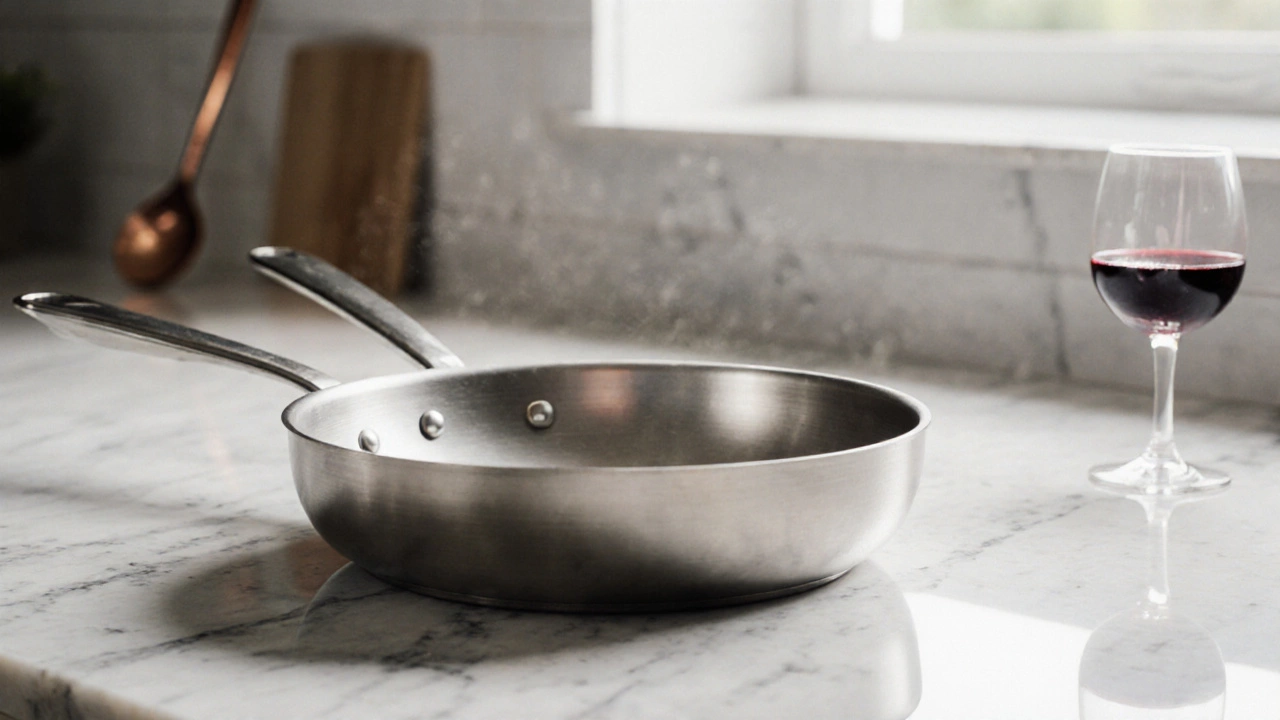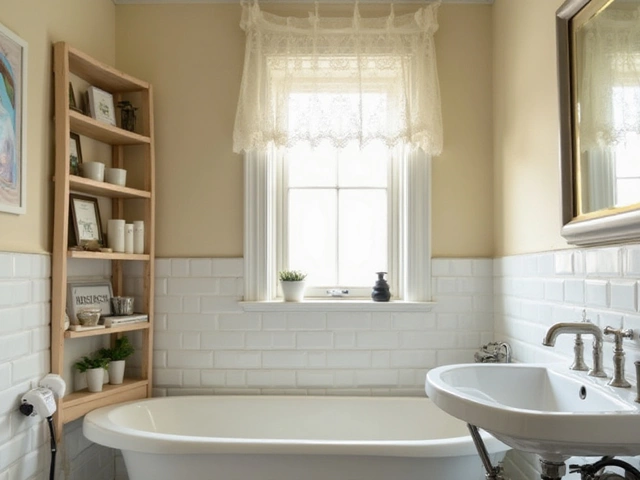Cooking Pan: Materials, Types and How to Choose the Right One
When working with cooking pan, a fundamental piece of cookware that transfers heat to food. Also known as frying pan, it sits at the heart of any kitchen routine. Selecting the right pan starts with understanding the three main material families you’ll meet: cast iron skillet, heavy‑walled, excellent at retaining heat, also called iron pan, non‑stick coating, a slick surface that reduces the need for oil, often referred to as PTFE pan, and stainless steel pan, responsive to temperature changes and easy to clean, sometimes called steel frypan. Each material brings its own heat distribution, durability and upkeep profile, so matching the pan to the cooking method is essential.
Why Material Matters for Stovetop Cooking
Cooking pan choice influences how food cooks. A cast iron skillet (material) distributes heat slowly but holds it steady, making it perfect for searing steaks or baking cornbread. Non‑stick pans (material) heat up fast and release food effortlessly, ideal for delicate eggs or pancakes. Stainless steel pans (material) react quickly to temperature shifts, giving you control for sauces and deglazing. Moreover, the stovetop type – gas, electric, induction – interacts with the pan’s magnetic properties; for example, induction requires a magnetic base, so stainless steel or enameled cast iron work best. Understanding these links helps you avoid under‑cooking or burning, and it saves energy by using the right pan for the right heat.
Beyond material, size and shape shape your cooking outcomes. A wide, shallow skillet maximizes surface area for browning, while a deep sauté pan offers more volume for sauces without splatter. Handles matter too: an oven‑safe handle lets you finish a dish under the broiler, extending the pan’s versatility. When you pair a well‑chosen pan with proper kitchen accessories – like a heat‑resistant spatula or a lid that traps steam – you build a small ecosystem that boosts flavor and reduces cleanup. People who treat their cookware as part of their home décor often find that a cohesive set of pans adds visual harmony to open‑concept kitchens, echoing the way curtains or shelving choices bring a room together.
Maintaining your pans protects the investment. Cast iron needs seasoning to keep the surface non‑sticky and rust‑free; a thin oil coat after each wash does the trick. Non‑stick coatings should avoid metal utensils and high‑heat cooking beyond the manufacturer’s limit to prevent wear. Stainless steel benefits from a quick scrub with a non‑abrasive pad and occasional polishing to restore its shine. By following these care routines, the pan’s performance stays consistent, and you’ll notice fewer food‑sticking incidents and longer lifespan.
Now that you’ve got the basics – material types, heat behavior, size considerations and care tips – you’re ready to explore specific advice and product recommendations. Below you’ll find a curated list of articles that dive deeper into each pan style, show how they fit into broader home‑goods trends, and give actionable steps to upgrade your kitchen without breaking the bank.

Straight‑Sided Pan Name: Why It’s Called a Sauté Pan
Learn why a pan with straight sides is called a sauté pan, how it differs from skillets, and which materials and features suit different cooking tasks.
Categories
- Storage (25)
- Bathroom (17)
- Sofas (14)
- Curtains (14)
- Home Decor (12)
- Bedding (10)
- Kitchenware (10)
- Cushions (10)
- Mirrors (10)
- Rugs (9)
Popular Articles



